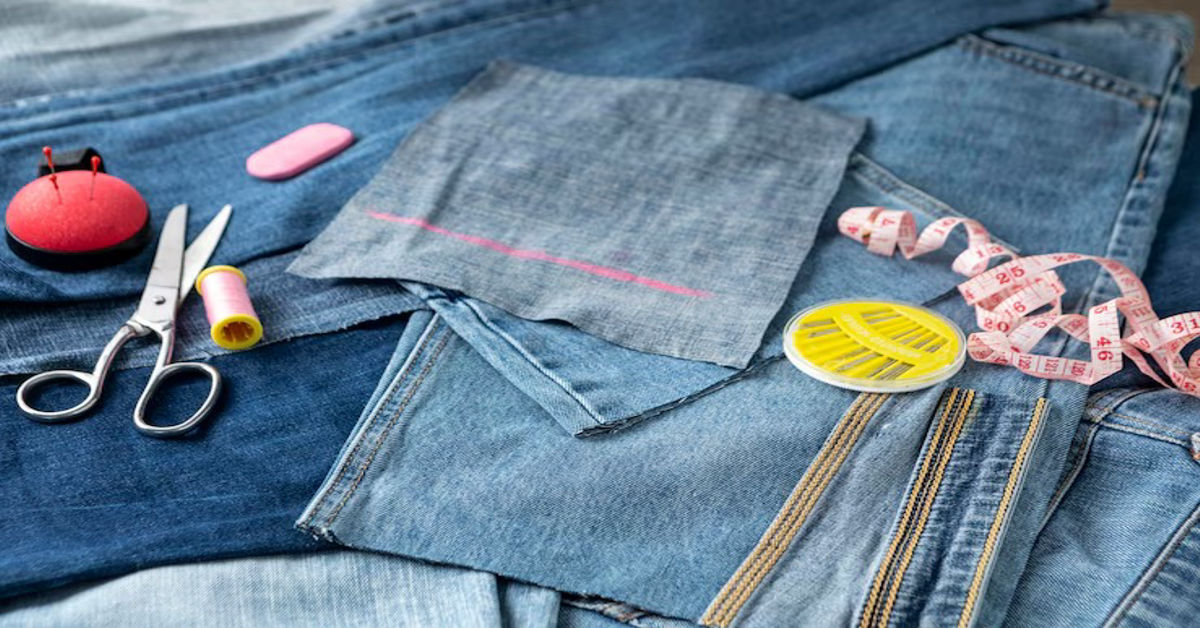In the world of textile craftsmanship and industrial manufacturing, nahttypen (seam types) play a critical role. They influence not only the appearance of a garment but also its durability, elasticity, and functionality. From high fashion to workwear – the correct seam type is key to ensuring quality and comfort.
This in-depth guide offers a comprehensive look at the different nahttypen, their use cases, and why understanding them is essential for designers, tailors, and sewing enthusiasts.
What Are Nahttypen?
Nahttypen refer to the various methods of joining two or more fabric pieces together. These connections can be made by sewing, bonding, or welding – with sewing being the most common technique in the garment industry.
The type of seam used not only determines how a piece of clothing looks but also how it performs when worn – such as whether it’s tear-resistant, stretchable, or water-repellent.
Why Are Different Seam Types Important?
Different fabrics and end uses require specific seam types. A seam that works well for a cotton T-shirt may not hold up in a safety harness or an outdoor jacket.
Examples of why it matters:
- Sportswear demands stretchable seams for unrestricted movement.
- Safety garments require durable, reinforced seams.
- In fashion, decorative seams are often used to add visual appeal.
Having a solid understanding of nahttypen enables better, more functional, and more durable garment construction.
Key Nahttypen Explained
Below are the most commonly used nahttypen in fashion, crafts, and industry.
Plain Seam (Einfachnaht)
The plain seam is the most basic type. It connects two fabric pieces edge to edge, stitched together directly. It’s widely used in casual garments like t-shirts.
Pros:
- Simple and quick
- Ideal for lightweight fabrics
Cons:
- Lower strength
Flat-Felled Seam (Kappnaht)
This seam is popular in jeans and heavy-duty garments. It involves folding both raw edges inward and stitching them down for a clean finish.
Best for:
- High strength needs
- Visibly neat finish
Common Uses:
- Denim
- Workwear and outerwear
French Seam (Französische Naht)
This seam encloses raw edges within the seam, making it ideal for delicate or transparent fabrics.
Features:
- No visible raw edge
- Great for silk or chiffon
Flatlock Seam (Flachnaht)
Common in sportswear due to its comfort and stretchability. It lies flat against the skin to prevent chafing.
Advantages:
- Comfortable to wear
- Stretchable
Double Chain Stitch Seam (Doppelkettstichnaht)
Created with two needles, this type is used where durability is paramount.
Highlights:
- Extremely strong
- Suitable for thick materials
Decorative Seam (Ziernaht)
Some seams serve an aesthetic purpose rather than structural. Decorative seams can be used to enhance the visual appeal of a garment.
Applications in Fashion and Crafting
Different industries use different nahttypen based on fabric type, end use, and performance needs. Here are a few examples:
Fashion Design:
- French seams in luxury garments
- Flatlock seams in activewear
Home Textiles:
- Plain seams for curtains
- Double seams in cushion covers
Industrial Textiles:
- Triple-stitched seams for tarpaulins
- Welded seams for waterproof materials
Nahttypen at a Glance
| Nahttyp | Strength | Appearance | Common Uses | Notable Features |
| Plain Seam | Low | Invisible | Everyday clothing | Easy and fast to sew |
| Flat-Felled Seam | High | Visible | Jeans, workwear | Very durable, double-stitched |
| French Seam | Medium | Very neat | Blouses, silk fabrics | Clean, enclosed raw edges |
| Flatlock Seam | Medium | Flat | Sportswear | Stretchable, skin-friendly |
| Double Chain Stitch | Very high | Subtle | Bags, safety gear | Strong for thick/heavy fabrics |
| Decorative Seam | Low–Medium | Design-focused | Fashion, detailing | Used for style rather than function |
Common Mistakes When Choosing Seam Types
Even skilled sewers make mistakes when selecting the right seam. These are the most frequent errors:
- Using the wrong seam on stretch fabrics: Can result in broken threads.
- Not finishing raw edges: Leads to fraying and shorter lifespan.
- Inappropriate stitch length: May damage delicate fabrics.
- Wrong thread choice: Weakens the entire seam.
Tips for Professional Stitching Results
Want to achieve expert-level sewing results? Follow these best practices:
- Analyze fabric type before choosing the seam
- Use appropriate thread (polyester for outdoor wear, for example)
- Always test on a fabric scrap
- Maintain your sewing machine regularly
- Transfer pattern markings accurately
- Ensure consistent stitch length
These principles are useful for both beginners and seasoned professionals.
Final Thoughts: Leverage Nahttypen for Better Results
Nahttypen are more than just technical details – they directly influence the quality, function, and aesthetics of your sewing project. Whether you’re creating a fashion collection, home décor, or industrial textile products, choosing the right seam type is essential.
The more you understand the strengths and limitations of different nahttypen, the more confidence and control you’ll have over your craft.
FAQ – Frequently Asked Questions About Nahttypen
Which seam is the strongest?
Flat-felled and double chain stitch seams offer the highest durability.
What seam type works best for delicate fabrics?
French seams are perfect for fine, transparent, or fraying fabrics.
How can I make my seams last longer?
Finish raw edges, use proper thread, and ensure your seam type suits your fabric.
Are visible seams a bad thing?
Not at all. Visible seams like decorative or flat-felled seams can enhance design.
How important is seam type for garment fit?
Very. Accurate seam placement ensures a well-fitted and flattering final product.











